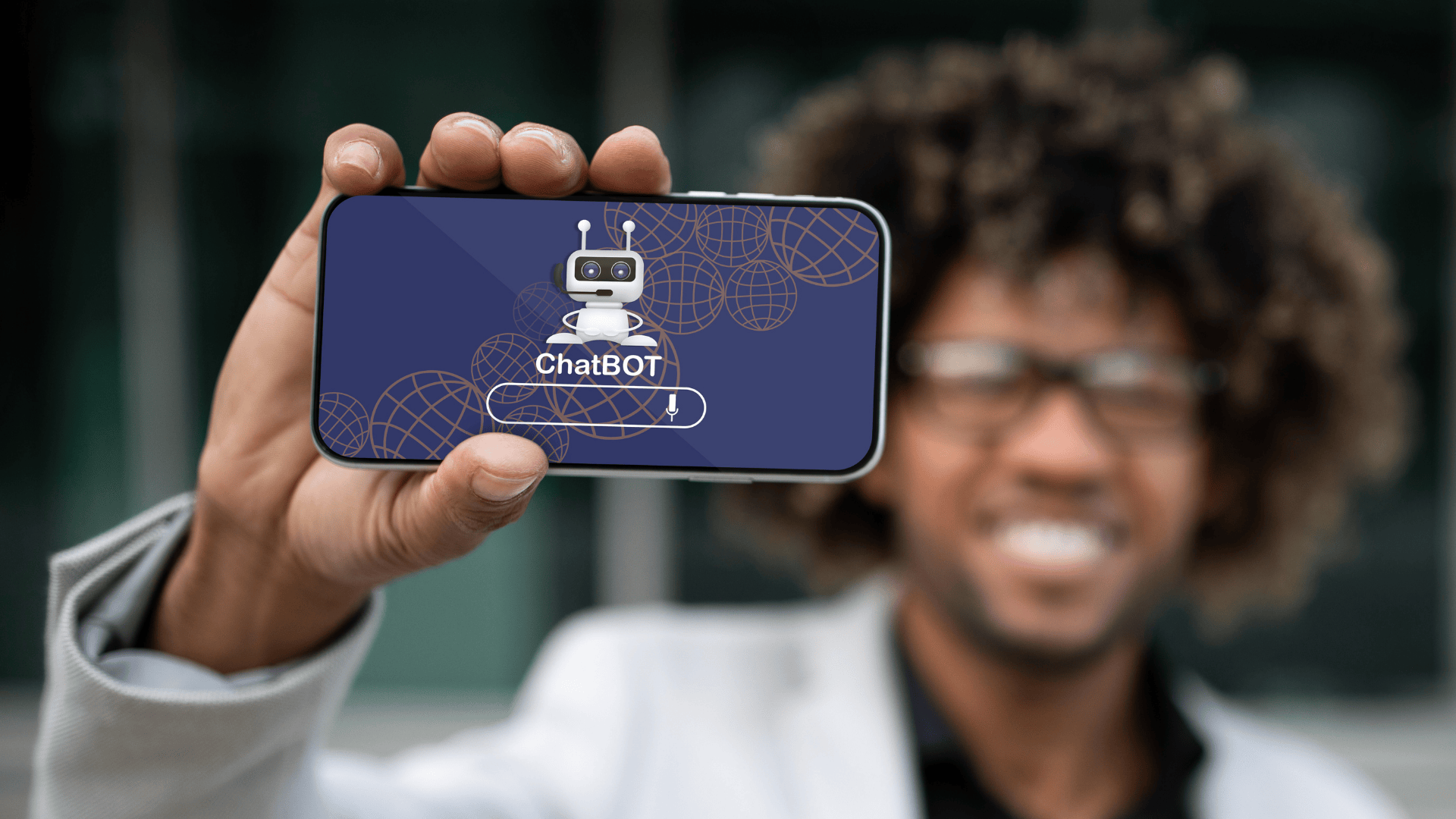Why Businesses Are Turning to AI Chatbots
In 2025, customer expectations are higher than ever. People want instant answers, 24/7 availability, and personalized experiences—whether they’re browsing a website or using a mobile app. For businesses, meeting these demands without dramatically increasing costs is a challenge. That’s where AI-powered chatbots come in.
Studies show that AI chatbots can now handle up to 80% of customer queries, reducing the load on human support teams and improving response times. But there’s a catch: this only happens when the chatbot is designed, developed, and deployed the right way.
Many businesses rush into chatbot projects expecting a “set it and forget it” solution, only to end up with clunky bots that frustrate customers. To truly leverage AI chatbots, you need a thoughtful approach and the right software development company to guide you.
The Problem With “Quick-Fix” Chatbots
Over the past few years, chatbot technology has exploded. Countless off-the-shelf tools promise instant customer support automation. While these solutions seem attractive, they often fail in real-world scenarios.
Why? Because:
They rely on rigid scripts rather than true AI.
They can’t handle complex or nuanced queries.
They lack integration with existing systems (like CRMs or ERPs).
They provide poor user experiences, leading to customer churn.
To avoid these pitfalls, businesses need custom software development that aligns chatbot capabilities with their unique processes and audience.
Why AI Chatbots Work When Built Right
When designed correctly, AI chatbots offer massive benefits:
1. 24/7 Customer Support
AI never sleeps. A well-built chatbot can handle customer interactions any time of day, across multiple channels—websites, apps, and even social media.
2. Cost Reduction
By automating repetitive tasks, businesses can reduce support costs and free up human agents to focus on high-value issues.
3. Scalability
As your business grows, chatbots can manage increasing query volumes without additional headcount.
4. Consistent Experiences
AI chatbots ensure every customer gets the same level of service, with no variability between agents.
These advantages are why many startups and enterprises are working with agile software houses to build advanced chatbot solutions.
How to Build AI Chatbots the Right Way
Here’s what separates an average chatbot from one that truly delivers:
1. Start With the Right Use Cases
Don’t try to automate everything at once. Start small by identifying high-volume, low-complexity queries. For example:
FAQs about products or services.
Order tracking and status updates.
Appointment scheduling or cancellations.
An experienced IT services provider can help you prioritize use cases that deliver maximum impact with minimal effort.
2. Focus on Natural Language Processing (NLP)
Your chatbot’s ability to understand and respond naturally depends on NLP. Avoid basic keyword-matching bots in favor of AI models that interpret intent and context.
3. Integrate With Your Systems
To provide meaningful answers, chatbots must connect with your databases, CRM, ERP, or inventory systems. This enables them to fetch real-time data like order details or account information.
4. Design for Human Handoffs
Even the best chatbots can’t handle 100% of cases. Ensure there’s a seamless transition from AI to human agents when needed.
5. Test, Learn, and Improve
AI chatbots are not “fire-and-forget.” They require ongoing training and optimization based on real user interactions.
Challenges Businesses Face Without the Right Partner
Businesses often underestimate what it takes to deliver a successful chatbot project. Without an experienced partner, they face:
Technical Complexity – Building AI chatbots involves machine learning, APIs, and security best practices.
Data Privacy Risks – Poorly designed bots may mishandle sensitive customer data.
Poor UX Design – Clunky interfaces drive users away rather than engaging them.
Scalability Issues – Bots that work for a small audience often break under higher loads.
This is why partnering with a skilled software development company or custom software solutions provider is critical.
Our Approach to AI Chatbot Development
At TGI, we don’t just build chatbots—we design intelligent virtual assistants that feel like part of your team. Our process includes:
✅ Discovery Workshops – Understanding your business goals, users, and workflows.
✅ AI and NLP Integration – Leveraging advanced machine learning models for smarter interactions.
✅ Omnichannel Deployment – Building chatbots that work across web, mobile apps, and messaging platforms.
✅ UI/UX Design – Ensuring conversations are intuitive and engaging.
✅ Cloud Services and DevOps – Deploying scalable, secure solutions you can trust.
We act like consultants, not just coders, guiding you from concept to launch and beyond.
Real-World Success Stories
Startups are using chatbots to manage high volumes of customer inquiries without hiring large teams.
Retailers are providing 24/7 support and product recommendations through AI-powered bots.
Enterprises are integrating chatbots with their CRMs to automate lead qualification and support.
These are not hypothetical examples—they’re real outcomes businesses achieve with the right tech partner.
Why Work With an Agile Software House?
An agile software house brings the flexibility, technical expertise, and innovation needed for successful chatbot development. Here’s what to look for:
Technical Expertise – Experience in AI, machine learning, and cloud platforms.
Business Understanding – Ability to align technology with your goals.
Scalability Focus – Building solutions that grow with your business.
Strong Communication – Teams who explain technical details in plain language.
Whether you’re a small business exploring automation or a large enterprise scaling global support, choosing the right partner is key.
AI Chatbots Are the Future of Customer Service
As customer demands grow, businesses can no longer afford to rely solely on human support teams. AI chatbots are not just a cost-cutting tool—they’re a way to deliver better, faster, and more consistent service.
But to realize their full potential, they must be built the right way. That means starting small, integrating deeply, and iterating over time with the help of expert developers.

